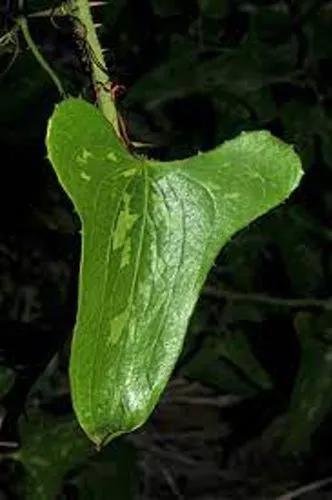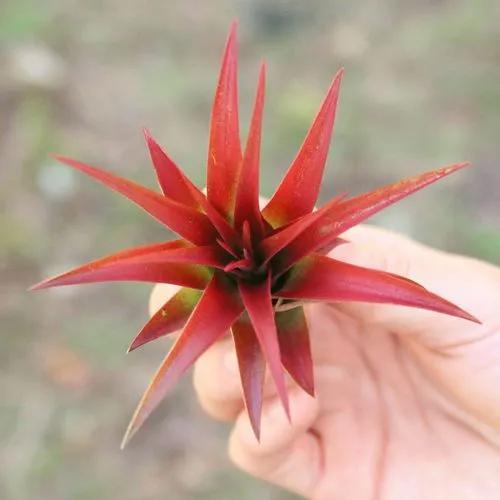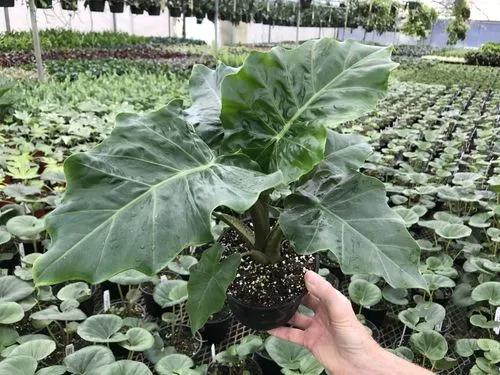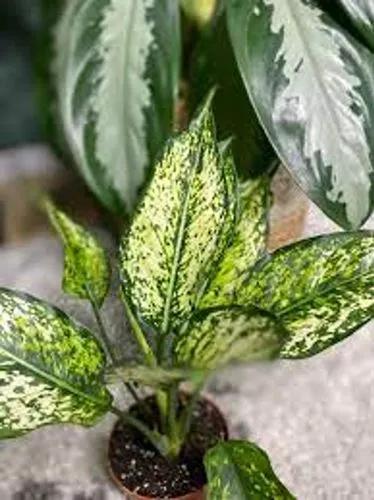Also known as the Fountain Palm, this unique palm tree grows upwards before “spilling” down like a waterfall, making it easy to identify even for beginner gardeners. Best grown in humid climates, they can also be grown in indoor pots as long as the temperature and humidity are kept high.
Chinese palm fan Care
Livistona chinensis



This beauty of a plant can grow to a whopping 30-50 feet (9-15 m) with a trunk 10-12 feet (3-3.6m) wide! Found in its native home of China and Japan, the Chinese Palm Fan is considered an invasive species in the southern United States and other tropical climates. When planting this palm tree, be sure to monitor it, so it does not “escape” your garden and grow elsewhere, blocking out native plants.
How to Care for the Plant

Water

During growing months, water the soil so that it remains moist. During the winter months, only water when the soil is dried out.

Pruning

Once the fronds have turned completely brown, remove them. This should only be needed once a year or so.

Fertilizer

During the growing season, apply a palm fertilizer to help encourage healthy growth.

Sunlight

If grown outside, this plant will require full sunshine with spots of partial shade throughout the day. If grown inside, provide indirect light through a window daily.

Soil

When outside, the Chinese Palm Fan can grow in various soil types but prefers rich, loamy soil. If grown in a container, be sure to use a potting mix created for palm plants.

Propagation

While it’s possible to grow this plant from seeds, it requires a lot of work. The easiest method of propagation is by using cuttings.

Temperature

As a tropical plant, this palm prefers humid weather, but unlike other palm plants, it can survive in lower 20°F (-6.6°C) temperatures.

Container

This plant will require a large pot that has drainage holes. As it grows slowly, repotting will be needed.

Fun fact

This extremely slow-growing plant will take upwards of 10 years to grow into a mature plant that can be called a tree!

Popularity

6,505 people already have this plant 444 people have added this plant to their wishlists
Discover more plants with the list below
Popular articles






